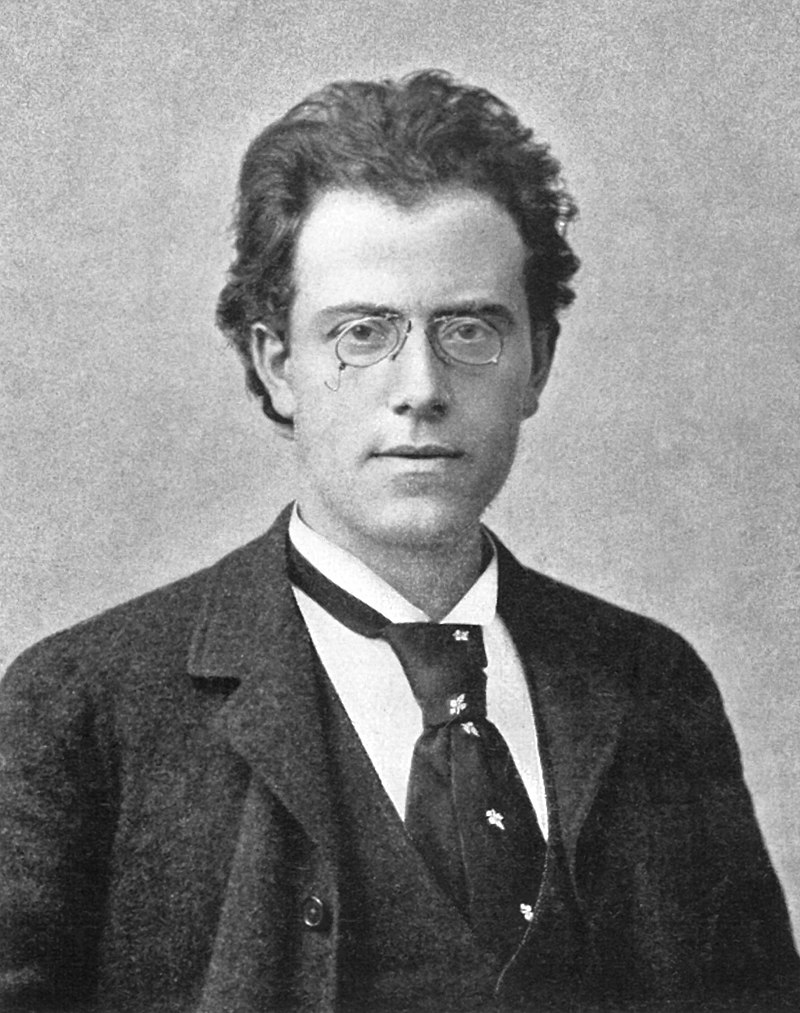Students who frequent the library know about our vinyl record collection. They often ask about how we built it. The majority of our records have come from the Upper School Music Room, no doubt the work of Mr. Hutto over the years. We have inherited that collection, and have been the beneficiaries of various donations over the years, from teachers mostly.
Recently, we picked out a record that neither one of us knew much about: Mahler’s Sixth Symphony. Mr. Seese had been drawn to Mahler through his knowledge of the poet Charles Bukowski, who was a fan. Mr. Kantz recently heard the legendary broadcaster Verne Lundquist give an interview in which he explained his love of orchestral music — he serves on the board of his local symphony— and that his favorite composter is Mahler.
Which brings us to the record. After playing it, and having it on the desk, we started to get approached by students and teachers about it, with questions and comments. This led us to do some exploring. After a tip from Mr. Straub, we took a look at The Rest is Noise, a book about 20th century music by STA alum Alex Ross, who spends quite a bit of his first chapter discussing Mahler, and his Sixth Symphony, which debuted on May 27, 1906, in Essen, Germany, in great detail.
He describes the famous finale, which we played last week, in this way:
“No composer ever devised a form quite like this one— wave after wave of development, skirling fanfare is suggesting eminent joy, then the chilling return of the marching beat. The movement is organized around three ‘hammerblows‘ (or in the revised version, two), which had the effect of triggering a kind of collapse. For the premiere, Mahler had a gigantic drum constructed—’the height of a fully grown cow stretched on the frame a meter and a half square,’ one critic wrote in sarcastic wonder—which was to have been struck with a mallet of unprecedented size. In the event, the drum produced only muffled thump, to the amusement of the musicians” (22).
Watch the video below to experience one of the hammerblows for yourself. Or stop by the library to listen to the record.
Photo Credit: E. Bieber - Kohut, Adolph (1900) "Gustav Mahler" in Berühmte israelitische Männer und Frauen in der Kulturgeschichte der Menschheit (Volume 1 ed.), Leipzig, Germany: Druck und Verlag von A. H. Payne, pp. p. 143
